Meet Sharon Palmer
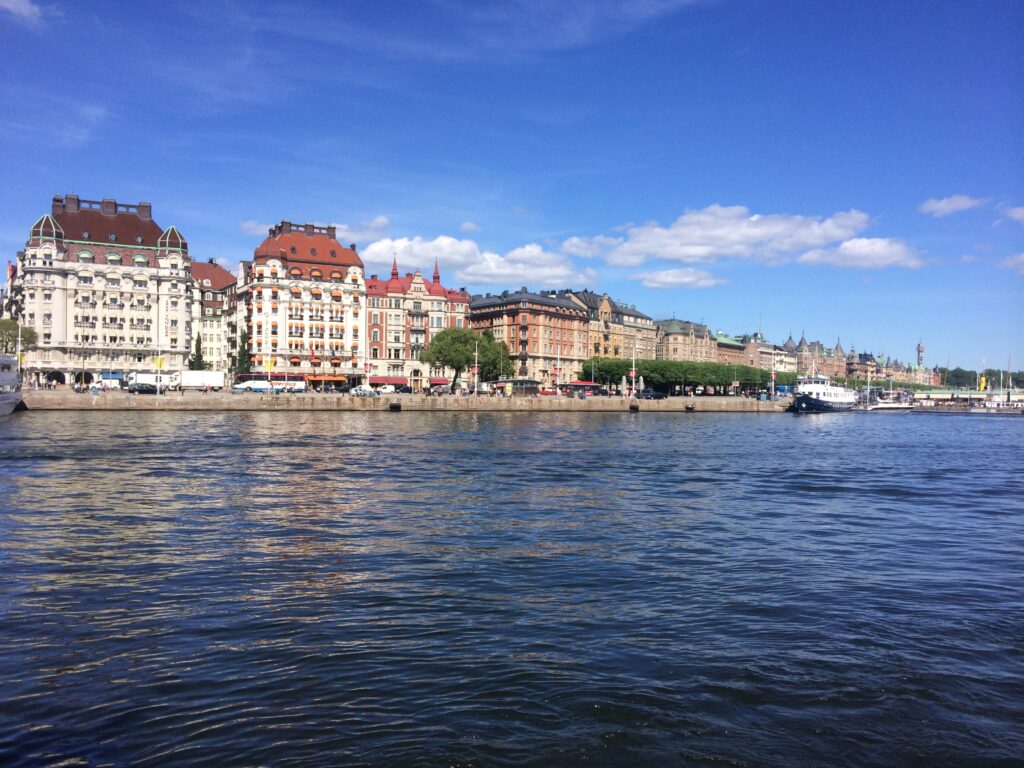
Meet Sharon Palmer, MSFS, RDN
Known as The Plant-Powered Dietitian, Sharon has established an award-winning career in the field of plant-based nutrition and sustainability. As a widely recognized registered dietitian in the global community, Sharon is an accomplished writer, editor, blogger, author, speaker, professor, advisor, and media expert. In particular, she has gained recognition for her expertise in plant-based nutrition and sustainability.
Sharon has authored over 1,000 articles in a variety of publications, including Better Homes and Gardens, Oprah Magazine, and the L.A. Times. Her book The Plant-Powered Diet: The Lifelong Eating Plan for Achieving Optimal Health, Beginning Today (The Experiment, July 2012) was a critical success, which was followed by her second book Plant-Powered for Life: Eat Your Way to Lasting Health with 52 Simple Steps & 125 Delicious Recipes in July 2014. Her third book, California Vegan: Inspiration and Recipes from the People and Places of the Golden State, was published in 2021. And her fourth book The Plant-Powered Plan to Beat Diabetes was published in May 2023. Sharon also has contributed to several book chapters on nutrition and sustainability. She serves as chief nutrition advisor for Today’s Dietitian, adjunct faculty in the MS of Sustainable Food Systems Program at Prescott College, nutrition consultant for several organizations such as AICR and Oldways, and co-founder of the non-profit organization Food + Planet. Sharon presents frequently at conferences and is a weekly contributing nutrition expert in the media, including print, online, radio, podcasts, television, social media, videos, and film. For example, she serves on the US News “Best Diets” Expert Panel. Sharon enjoys organizing farm and sustainability tours across the world, including her collaboration on the Italian Alps Sustainability Food Tour. Sharon recently completed her Master of Science in Sustainable Food Systems from Green Mountain College in Vermont. And she still has time to blog every day for her popular online community (400K members strong and growing!) at The Plant-Powered Dietitian.
Living in the sustainability mecca of Ojai, California with her husband and two dogs, Sharon enjoys tending to her organic garden and orchard, visiting the local farmers market, volunteering in local environmental organizations, and cooking for friends and family.
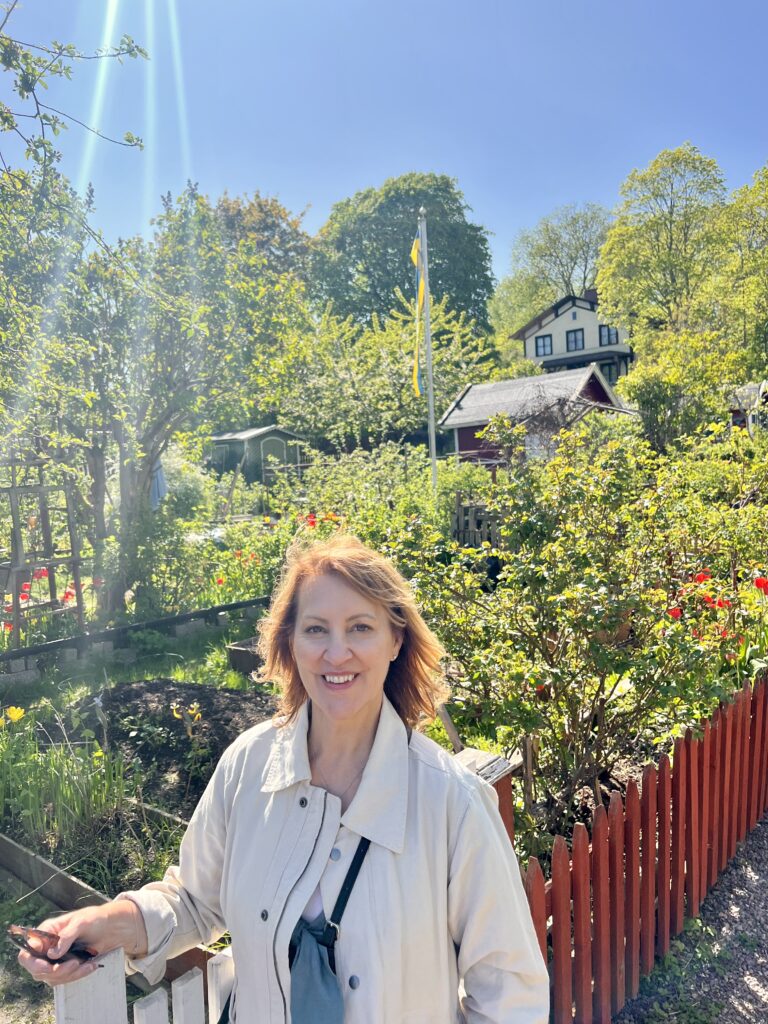
Sharon’s Favorite Place to Travel to in the World
Italy!
Sharon’s Favorite Travel Tips
Never check bags. I have a really good suitcase, which is the maximum size for carry on, and it has lasted me for 15 years. The wheels work well, and it’s a never fail suitcase.
When I pack my suitcase for a work trip, I lay out my clothes and make sure everything will go with one pair of shoes. I wear my bulkiest, comfortable shoes on the plane. I carry on coats/jackets, so no need to pack those. I usually go with a color theme, so everything is mix and match. For example, if black is your theme, you can pack black shoes that go from day to night, black skirt/pants, and interchangeable tops and sweaters to maximize options.
When I pack for vacation, I think about the same thing–some comfortable walking shoes (wear on plane), like white tennies that look cute with sundresses, shorts, or jeans, my Berks which can go from beach to lunch (for warm weather trips), and a variety of basics, like skirts, pants, jeans that are neutral and blend in with my other options. I like natural fabrics that breathe in hot climates, rather than synthetic fabrics.
I have a toiletry bag which is always stocked with small sizes of my favorite bath and body products. I never have to pack it, it’s always stocked ready to go at a second’s notice. If I run out of anything from the toiletry bag, I restock it the moment I get back. I also have a large personal carry-on which is a tote that can serve as a large purse, computer bag, beach bag, etc–all in one. It has a pocket which allows it to fit over the handle of my suitcase, so it’s always very steady with no hands (think on the escalators at airports). It’s washable, so I can wash it when it gets dirty.
When I travel, I may do laundry half way through a 2 week trip. Hotels often provide this service. If you are staying in a home, they often have laundry services. This is really helpful for light packing.
I use VRBO for a lot of my travels, as I really enjoy staying in a home over a hotel. You can go to a local farmers market and cook for a couple of days, saving money and experiencing a new facet of your trip.
Note: All photos in this post were taken by Sharon and feature members of her family.

Q&A GUEST POST with Sharon Palmer: Sweden
Q: Can you provide a brief overview of Sweden and why it is a great country to visit?
A: Sweden is a Scandinavian country with a rich heritage and culture. My husband is Swedish, and I have visited probably 30 times and spent a lot of time with his family there. The summers are gorgeous, as this cold northern country has long days during the summer when everything comes alive after the cold, long winter. The forests are green, green, green, and meadows are carpeted with wildflowers. There are lakes everywhere, and diverse coastal regions with hundreds of islands. The architecture is beautiful, ranging from stunning buildings in the large cities dating back to the 13th century to charming houses in the country which are painted red with white trim. There is also a very interesting mid-century vibe and artistic movement in Sweden, widely appreciated around the world. The “cozy” vibe recently heralded from this region is indeed present–people take huge pride in how cute, adorable, and charming their homes and gardens are. The food is very unique and specific to the region–the traditional diet features local seafood, rye breads, beet and potato dishes, lots of berries in many recipes, pretty open-faced sandwiches, lots of baked goods, and rich coffee.
Q: How many days should you plan to visit Sweden to really experience the country, food and culture?
A: I would suggest two weeks, if possible. However, if all you have is 5-7 days, you can focus on Stockholm and do your best.
Q: When is the best time of year to visit? What is the weather like then? What months should you avoid visiting?
A: July and August boast the best weather, but you’ll also find more tourism then, both from out of country visitors and in country visitors (July is when everyone takes off and they pour into the country). May and June are nice, but you’ll probably experience lots of rain and cooler weather, though sometimes you can have a year with a mild spring. Climate change is impacting Scandinavian weather patterns.
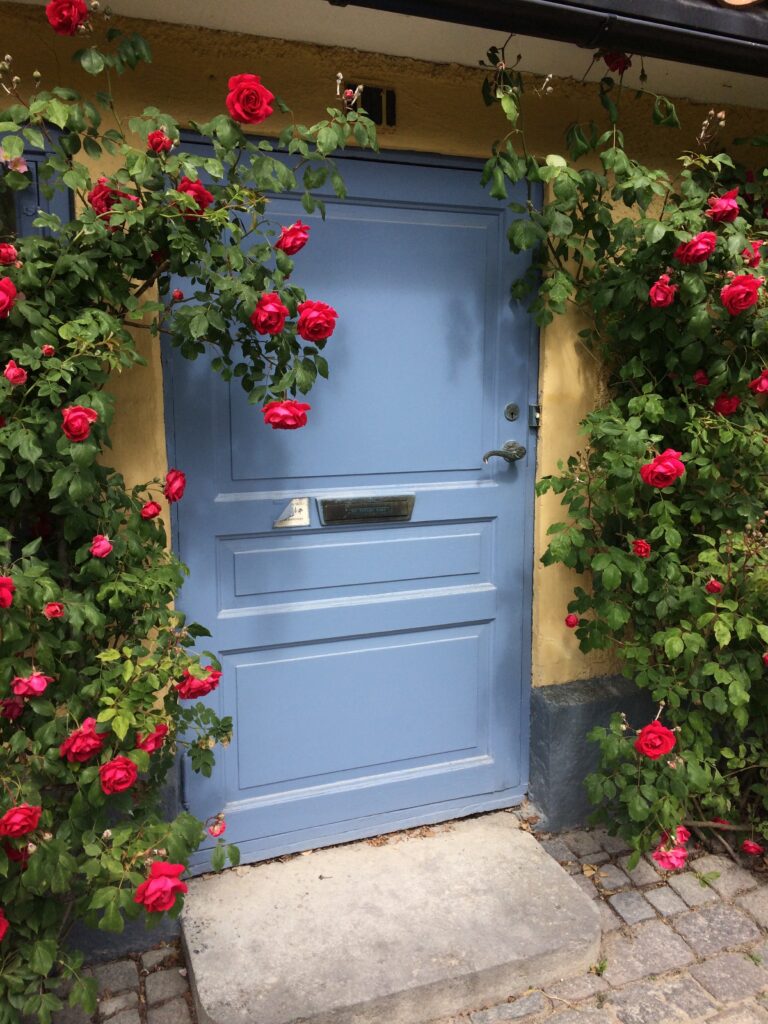
Q: What should you not forget to pack when visiting Sweden?
A: Be prepared for rain with a rain coat and/or umbrella. Also, be prepared for cool weather. You can check your weather app, but be aware that there can be very cool weather even in the summer, but also some summer days can be exceptionally warm. The winters can be bitter cold, so be prepared with lots of layers and a good coat, shoes, and gloves. The spring can be very cool and rainy, and fall comes early to Sweden. Bring some good walking shoes, as the cities are wonderful by foot. Also, there are lots of outdoor opportunities for hikes and picnics, so bring hiking gear if you enjoy that. You’ll need an outlet convertor for Sweden, and the currency is based on the Swedish crown, so you’ll need to use that currency, though society is pretty cashless.
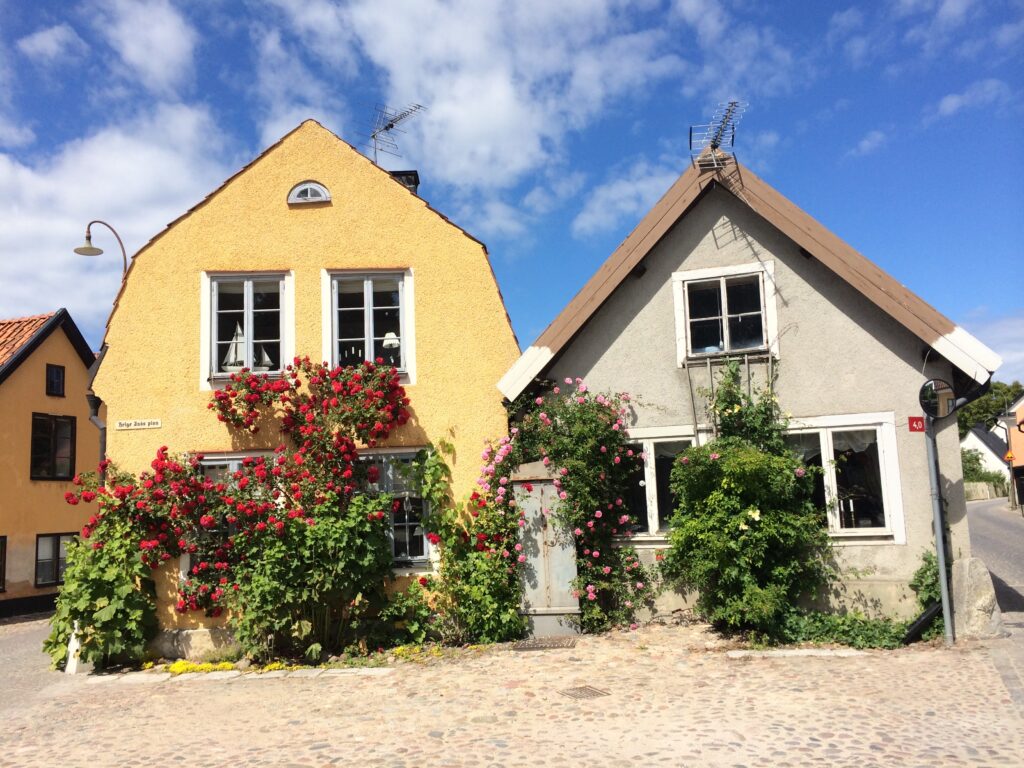
Q: Tell me a bit about the Swedish people. Is English widely spoken?
A: People speak wonderful English (with the exception of the older generation who might not have gained this in school–now it’s taught early on) and they love to use it. So, don’t be afraid to use your English. Of course, you can learn a few easy words like tack(thank you) and varsagod (you’re welcome). Swedish people are economical, meaning they don’t waste words or emotions. People tend to be more reserved and quiet until you get to know them. They are fiercely proud of their country, and revel in all of the traditions, such as midsummer (a huge holiday celebrating the longest day of the year) and Christmas.
Q: What is the best airport to fly in/out out of? Any specific airport tips?
A: Depending on where you are traveling, Arlanda is the best airport for the Stockholm area. Gothenburg, the second largest city, is the best airport for the southwest part of Sweden. If you are going into Southern Sweden, it can be best to go through Copenhagen. The airports are very efficient and pleasant. They also have easy access to trains to get to the city centers.
Q: After arriving at the airport, is it best to take a taxi to your destination? Rent a car? Take public transportation? Do they have Uber in Sweden?
A: You can take an easy train to the city and save a lot of money. However, Uber is very widely available in Sweden. You can also find taxis, which tend to be more expensive than uber.
Q: What are the main cities in Sweden?
A: Stockholm is the biggest city, followed by Gothenburg, Helsingborg, Malmo, and Uppsala are also other main cities in Sweden.
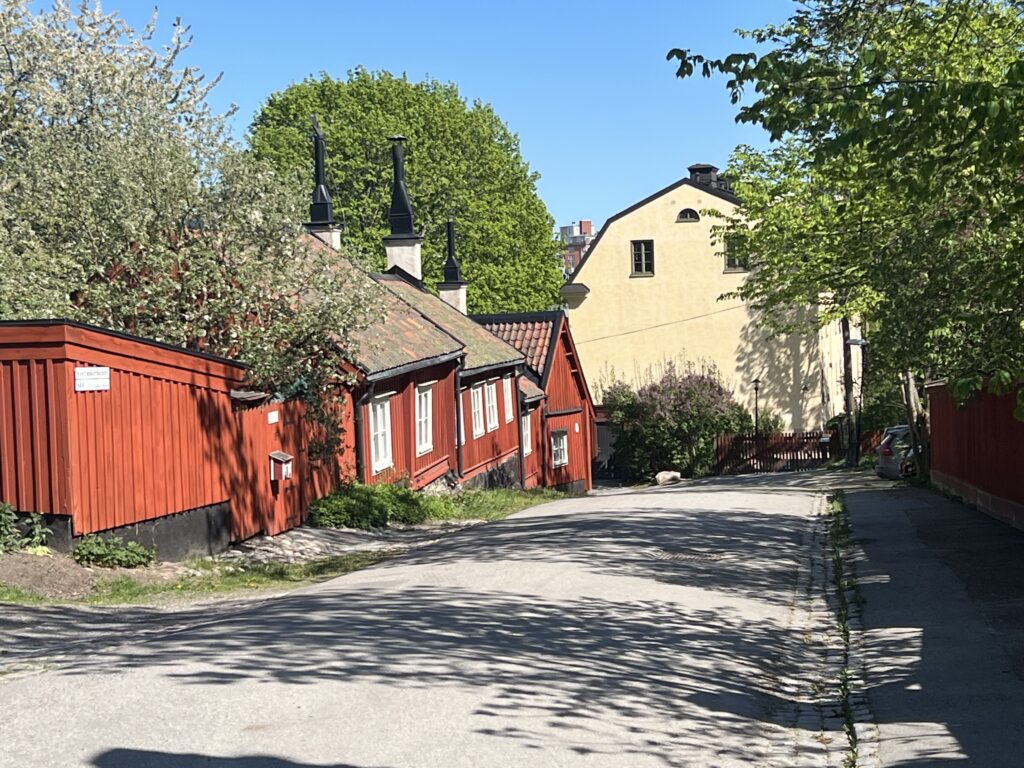
Q: What are the best areas to stay in Sweden? What hotels do you recommend? Or best to rent a place through Airbnb/VRBO? Any super unique accommodations?
A: Stockholm really has the most to offer in Sweden: you have access to palaces, museums, an ancient old town, restaurants, hotels, the waterways, and many sections of the city–each with its own flavor. It’s also not far away from other parts of Sweden worth a visit. There aren’t a ton of Airbnb offerings in Stockholm city, so you’re better off at a hotel. Grand Hotel is probably the most famous, old school, gorgeous hotel in Sweden, though it’s pricey.
Q: Is Sweden kid-friendly?
A: Very much so! Family life is cherished in Sweden, and you’ll see children as a big part of Sweden life. Children are very much seen in society. And there is a good amount of kid-friendly traveling amenities at restaurants, hotels, and venues.
Q: What are some sites in Sweden that you absolutely shouldn’t miss?
A: If you go to Stockholm, you must fit in a chance to see the archipelago by water–you can take boat rides to islands, and glimpse the city by water. You also must escape the city and see the countryside and the charming farms and farm houses that dot the landscape. You must see a slice of nature, with the lovely pine forests and wild flowers.

Q: What are some must-do activities, unique experiences and/or tours to do while in Sweden?
A: The Vasa museum in Stockholm is a must see, as well as gamla stan (old town) with its 13th century buildings and streets. The palace building and museum are excellent. Skansen is a living museum of old culture. Take a bike road through djurgarden. Sodermalm is a bohemian enclave of Stockholm. Take a historic tour by boat to fully appreciate all of the sights.
Q: Where can you find the best shopping in Sweden? What area can you find unique, artisan goods and clothes?
A: When you are in Stockholm, go Ostermalm food hall to see beautiful local foods. Local department stores like Ahlens and PK Huset offer lovely home goods and modern Scandinavian clothing. You’ll find small individual shops for everything from home goods and glassware to yarn and antiques.
Q: Tell me about the Arts scene in Sweden. Where are the best places to see live music, theater, and dance? Best museums?
A: The Royal Opera House is beautiful and worth seeing classical events. You’ll also find many plays, concerts, and music festivals–especially in the summer. There are also several museums, such as Fotografiska, or the National Museum.
Q: What major festivals or events happen annually in Sweden that visitors would enjoy?
A: There are Stockholm music festivals and pride festivals that are wonderful each summer.

Q: Let’s talk food! Tell me about the food scene in Sweden. What’s the typical cuisine? What are some must-eat dishes? What restaurants do you recommend?
A: Scandinavian food has gotten a lot of cred lately for its traditional dedication, as well as local regional foods, including seafood, root vegetables, herbs, berries, and spirits. Casual breakfast and lunch spots serve tasty, traditional dishes, such as meatballs with potatoes, open face sandwiches, seafood, and delicious salads. Many sidewalk bistros and cafes offer dinners that include lots of traditional uses of local seafood and ingredients, root vegetables, and berries. You can also find Michelin Star chefs/restaurants in Stockholm.
Favorite dishes also include pancakes that are thin and crepe-like often served with strawberry jam, herring in many forms and variations, potato dishes including Janssen’s–a potato casserole and simply cooked fresh potatoes served with sour cream and dill, shrimp and crawfish, hard and soft breads made with wheat, oats, and rye, and local cheeses and ice cream (soft vanilla ice cream is a favorite among locals). As I’m a plant-based eater, you can find lots of vegan and vegetarian options now–most restaurants try to provide at least one good option, and they take food allergies and preferences very seriously. Don’t miss the kebab stands, which provide popular blended Swedish-Middle Eastern fast food where flat bread is filled with mashed potatoes and toppings, such as meatballs, sausages, and shrimp (I get the falafel option!).


Q: Tell me about the coffee, bakery and café scene in Sweden. Where are some top spots?
A: People adore strong coffee in Sweden, and there is an entire culture built up around coffee break called fika. You enjoy coffee with baked goods, like cookies and sweet rolls or pastries, and it’s practiced at work, in homes, and restaurants. There are lots of traditional baked goods, such as small almond tarts, Princess cake, dream cookies, cinnamon rolls, and more. You’ll also find good hearty breads available in bakeries and markets. The super markets are very sophisticated and modern, looking similar to U.S. markets. You can see a glimpse of local foods through a visit to the grocery store.

Q: Where can you find the best bars in Sweden? What’s the main drink?
A: Aquavit is the traditional spirit in Sweden which is served at holidays. But that is more of a special occasion drink. There has been a long standing beer making tradition in Sweden, so you’ll find many local beers. Wine is not produced there, though they have a large wine list at most any restaurant. Trendy bars feature whatever is hot elsewhere around the world, from crafted cocktails to spritz drinks. People do love to grab a drink with friends at a bar in the evenings. There are many beautiful bars in the city to choose from.



